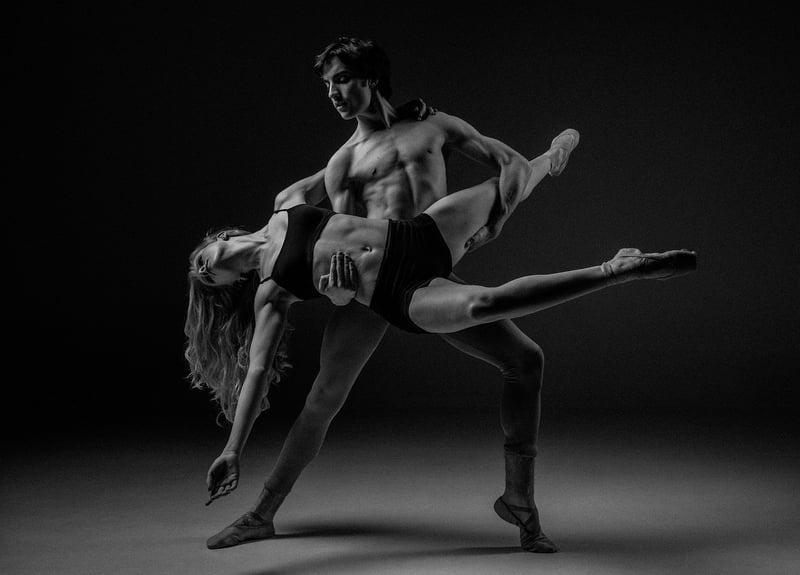Hip Hop
Exploring Expressive Movement Forms in Hip Hop
Hip Hop, as a cultural movement and art form, is not only about music but also about dance. Within the realm of dance, expressive movement forms play a significant role in conveying emotions, stories, and messages. Let's delve into how expressive movement forms are intertwined with the vibrant world of Hip Hop dance.
The Power of Body Language in Hip Hop
Hip Hop dance is characterized by its dynamic and expressive movements that often tell a narrative through body language. Dancers use their entire bodies to communicate feelings of joy, struggle, triumph, and more, creating a visually captivating performance for the audience.
Breaking Down Expressive Movement Forms
Expressive movement forms in Hip Hop encompass a range of styles, each with its own unique characteristics:
- Popping: Known for its quick contractions and relaxations of the muscles, creating a popping effect that synchronizes with the beat of the music.
- Locking: Emphasizes sudden pauses and sharp movements, often incorporating playful and humorous elements into the dance.
- Waacking: Focuses on arm movements and poses, exuding confidence and sassiness in every gesture.
- Krumping: A high-energy and intense style that involves freestyle movements, showcasing raw emotions and power.
Embracing Creativity and Self-Expression
Expressive movement forms in Hip Hop not only provide a physical outlet for dancers but also serve as a platform for creativity and self-expression. Dancers have the freedom to infuse their unique style and personality into their movements, making each performance a reflection of their individuality.
Image Gallery



Conclusion
Expressive movement forms in Hip Hop dance add depth and emotion to performances, allowing dancers to connect with audiences on a visceral level. By embracing creativity and self-expression, dancers bring their stories to life through the power of movement, making Hip Hop dance a captivating art form that continues to evolve and inspire.
